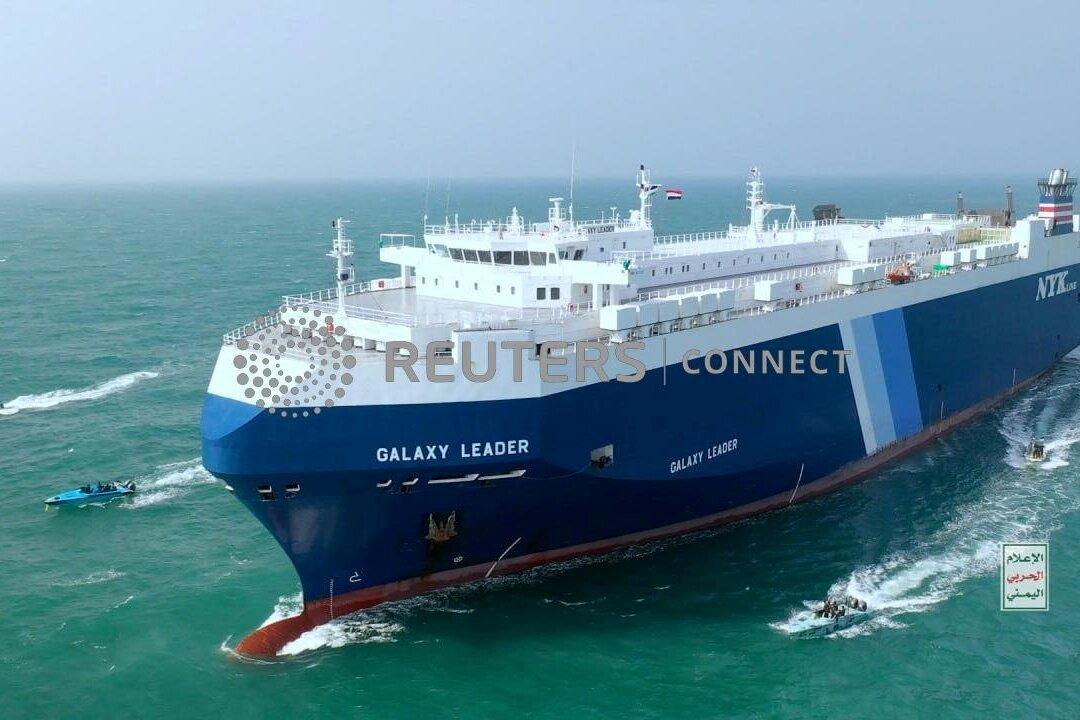Commentary
Hawaii can rest a bit easier this Christmas, thanks to another successful Missile Defense Agency anti-ballistic missile test. On Nov. 16, an SM-3 Block IIA (SM3) missile fired by a U.S. Navy guided-missile destroyer, the USS John Finn, destroyed an “ICBM-representative target” as it plunged toward Hawaii. The SM3 is a kinetic interceptor, hit to kill. Its November kill was exo-atmospheric—in near space.





